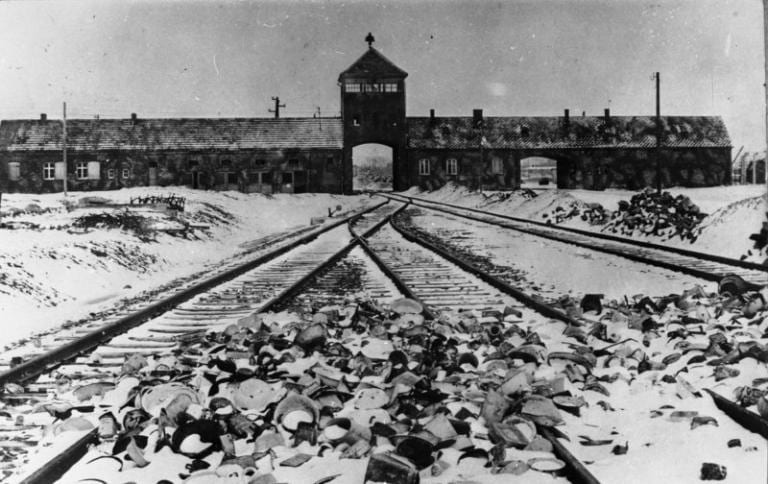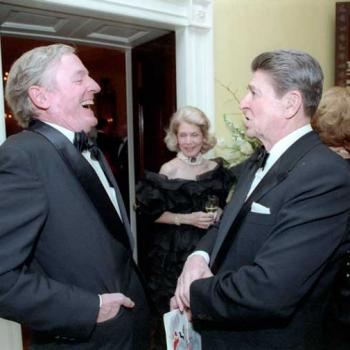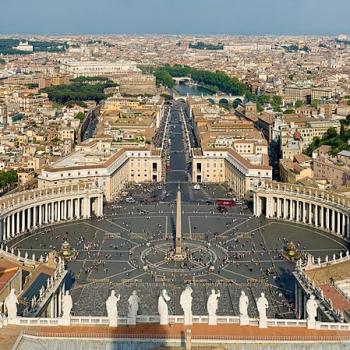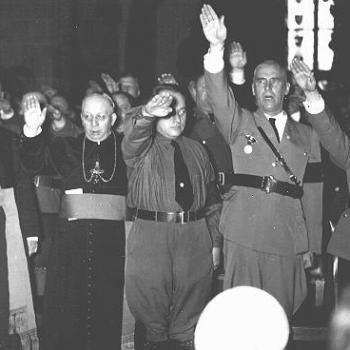On January 27, we observe International Holocaust Remembrance Day. On this day in 1945, the Red Army liberated the prisoners held in Auschwitz-Birkenau, the largest of the Nazi death camps, but by no means the only one.
Throughout the duration of the Holocaust, an estimated six million Jews – that is, approximately one third the existing population of Jews in the world – were systematically murdered.
A meme circulating on the internet today states that if we were all to spend a moment in silence for every Jewish person murdered in the Holocaust, the world would be silent for eleven and ahalf years.
I have been thinking about silence and the Holocaust. About the millions of voices who were silenced and will never be heard, about the silence enforced by totalitarian regimes. About how silence in the face of injustice allows injustice to flourish. About the dangers of speaking out against atrocities.
One story I read told of a small child who survived Buchenwald. He was taken from his parents and put in the line of children and elderly people, to be killed, but his father was able to grab him out of the line, and hide him in a sack of tools, telling him to “be very quiet.” Reading this, I wondered, what would happen if a child were simply unable to be quiet? What remarkable freedom from fear we have, that we are able to raise children who don’t need to keep silent in order to survive.
But this freedom is precarious.
The world marked International Holocaust Remembrance Day on Sunday amid a revival of hate-inspired violence and signs that younger generations know less and less about the genocide of Jews, Roma and others during World War II.
In Poland, which was under Nazi German occupation during the war, a far-right activist who has been imprisoned for burning the effigy of a Jew gathered with other nationalists Sunday outside the former death camp of Auschwitz ahead of official ceremonies remembering the 1.1 million people murdered there.
Since last year’s observances, an 85-year-old French Holocaust survivor, Mireille Knoll, was fatally stabbed in Paris and 11 Jews were gunned down in a Pittsburgh synagogue during Shabbat services, the deadliest attack on Jews in U.S. history.
Human Rights First, a U.S. organization, recalled those killings and warned that “today’s threats do not come solely from the fringe.”
“In places such as Hungary and Poland, once proudly democratic nations, government leaders are traveling the road to authoritarianism,” said Ira Forman, the group’s senior adviser for combating anti-Semitism. “As they do so, they are distorting history to spin a fable about their nations and the Holocaust.”
As an ethnic Jew, I have watched the return of anti-semitism, mostly on the far right, but present on the far left as well, for several years. I saw it today, when I went on Twitter and saw Jewish writers and intellectuals bombarded with messages of hate.
The other thing I see is indifference. People don’t want to think about it, because it is unpleasant, or they think we’re all making too big a deal about something that is only on the fringe. They tell me the antisemites on the internet are just trolling.
But anti-semitism isn’t something new, created in the dark corners of the web among the bots and trolls. Its roots lie deep in our past, and what we see on Twitter or 4chan is just one of its branches. The formal anti-semitism of the Third Reich did not come out of nowhere, after all. It drew upon prejudices that fermented in the wake of the First World War, which themselves grew out of traditions of hatred and demonization centuries old. And Christianity, far from being a defender of the Jewish people, was often an instigator of violence, or even an aggressor. While the magisterial leaders of the church have formally distanced themselves from past prejudices, there remain many in the church who ignore the teachings in Nostra Aetate in favor of older, less tolerant ideas. Even today, a number of Catholic hard-right organizations and individuals continue to advance anti-semitic ideologies, such as Feeneyism.
According to the Holocaust Encyclopedia:
Sometimes called “the longest hatred,” antisemitism has persisted in many forms for over two thousand years. The racial antisemitism of the National Socialists (Nazis) took hatred of Jews to a genocidal extreme, yet the Holocaust began with words and ideas: stereotypes, sinister cartoons, and the gradual spread of hate.
In the first millennium of the Christian era, leaders in the European Christian (Catholic) hierarchy developed or solidified as doctrine ideas that: all Jews were responsible for the crucifixion of Christ; the destruction of the Temple by the Romans and the scattering of the Jewish people was punishment both for past transgressions and for continued failure to abandon their faith and accept Christianity.
In the tenth and eleventh centuries, these doctrines about Jews were hardened and unified in part because of the following: threat to the Church hierarchy from the impending split between Roman Catholicism and Greek Orthodoxy (1054); successive waves of Muslim conquest; end of millennium fervor; successes in converting the heathen ethnic groups of northern Europe; and military-spiritual zeal of the Crusades.
Seeking to retain their beliefs and culture, Jews became bearers of the only minority religion on a now Christian continent of Europe. In some countries, Jews were welcomed from time to time, but, at a time in which faith was perceived as the principal form of self-identity and intensely influenced both public and private life, Jews found themselves increasingly isolated as outsiders. Jews do not share the Christian belief that Jesus is the Son of God, and many Christians considered this refusal to accept Jesus’ divinity as arrogant. For centuries the Church taught that Jews were responsible for Jesus’ death, not recognizing, as most historians do today, that Jesus was executed by the Roman government because officials viewed him as a political threat to their rule. As outsiders, Jews were objects of violent stereotyping and subject to violence against their persons and property.
Among the myths about Jews that took hold in this period was the “blood libel,” a myth that Jews used the blood of Christian children for ritual purposes. Other myths included the idea that Jewish failure to convert to Christianity was a sign both of service to the anti-Christ as well as of innate disloyalty to European (read Christian) civilization. Conversely, the conversion of individual Jews was perceived as insincere and as having materialistic motives.
This teaching provided the grounds upon which a superstructure of hatred could be built. Theological antisemitism reached its height in the Middle Ages. Among the most common manifestations of antisemitism throughout the ages were what we now call pogroms (riots launched against Jews by local residents, and frequently encouraged by the authorities). Pogroms were often incited by rumors of blood libel. In desperate times, Jews often became scapegoats for many natural catastrophes. For example, some clerics preached and some parishioners believed that Jews brought on the “Black Death,” the plague that killed millions of people in Europe in the 14th Century, as divine retribution for their allegedly blasphemous and satanic practices.
We must not remain silent.
As far-right political groups increase their influence in European nations and the United States, the mantra “those who are ignorant of history are doomed to repeat it” comes to mind. Knowledge of the Holocaust is on the decline, and Holocaust denial on the rise. In this environment, and given the long history of anti-semitism, it is unwise to ignore its resurgence today, or to wave it off as the provenance of trolls or fringe groups.
If we were to keep silent for all the Jews who were killed in the Holocaust, we would be silent for eleven years. But instead of keeping silent, we must speak out.
Never again.
image credit: https://commons.wikimedia.org/wiki/File:Bundesarchiv_B_285_Bild-04413,_KZ_Auschwitz,_Einfahrt.jpg













